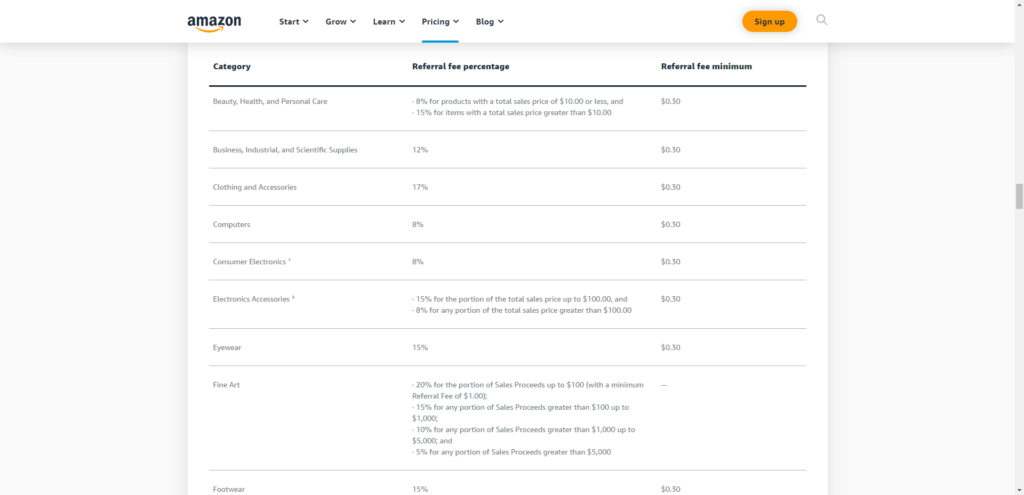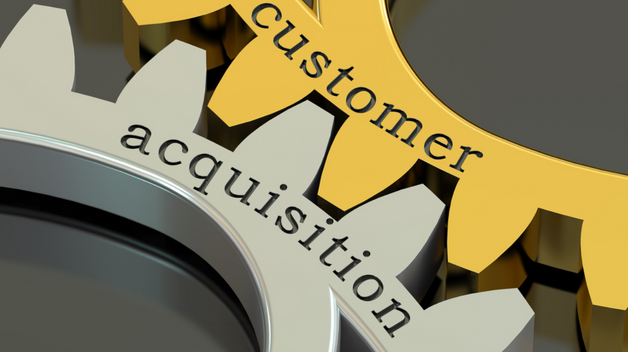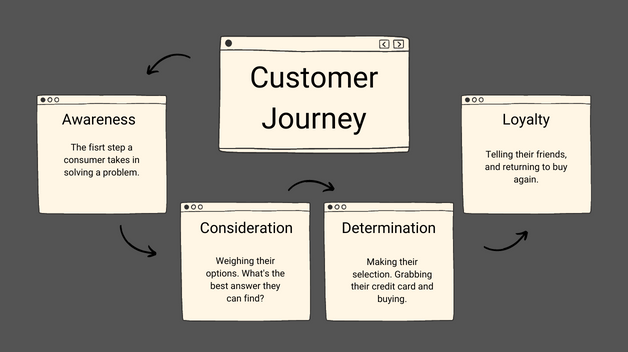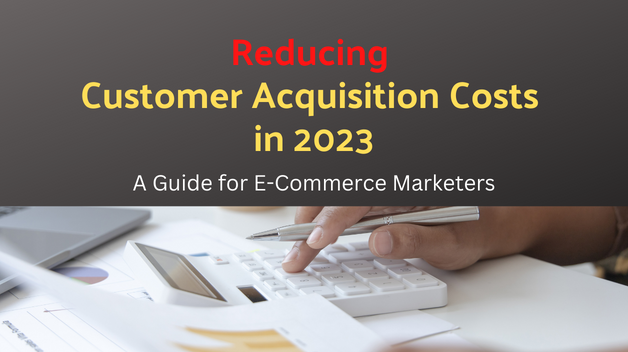E-commerce takes place across dozens of channels every single day. While at first blush, commissions and other fees may look high, leveraging the power of omnichannel often makes sense for retailers.
An omnichannel strategy can help lower acquisition costs in a number of ways.
- By providing a seamless customer experience across all channels, an omnichannel strategy can improve customer retention and loyalty, leading to lower acquisition costs over time as businesses need to attract fewer new customers to maintain revenue.
- An omnichannel strategy can also improve the efficiency and effectiveness of marketing efforts, as businesses can use data from multiple channels to better target and personalize their messaging and offers. This can lead to higher conversion rates and lower acquisition costs.
- Omnichannel strategies can also make it easier for businesses to identify and reach new customers, as they can use data from multiple channels to better understand their target audience and reach them through the channels they use most.
- An omnichannel strategy can also help businesses reduce costs associated with managing and maintaining multiple channels by streamlining processes and eliminating duplication of effort.
Overall, an omnichannel strategy can help businesses reduce acquisition costs by improving customer retention, targeting and personalizing marketing efforts, and streamlining processes across channels.

What Channels Should I Expand My E-Commerce Business to?
There are many channels that you can consider expanding your e-commerce business to, and the best ones for you will depend on your specific business and target audience. Here are some channels to consider:
- Social media platforms: Many e-commerce businesses have had success using social media to reach and engage with their target audience. This can be especially effective if you have a strong social media presence and can use it to showcase your products and connect with your customers.
- Online marketplaces: Marketplaces like Amazon, eBay, and Etsy can be a great way to reach a large and diverse audience and can help drive traffic and sales to your e-commerce business.
- Email marketing: Email marketing can be an effective way to stay in touch with your customers and promote your products.
- Physical retail locations: If you have a brick-and-mortar location, you can use it to showcase your products and create a more immersive shopping experience for your customers. Through distribution agreements, you can also get your products into other businesses’ physical locations.
Ultimately, the best channels for your e-commerce business will depend on your specific products, target audience, and business goals.
It’s important to carefully consider which channels will be most effective for your business and to continually test and optimize your efforts to ensure the best possible return on investment.
How Expensive is it to Sell on Amazon?
Selling on Amazon can be as expensive or as inexpensive as you make it. There are a number of costs associated with selling on Amazon, including:
- Amazon fees: Amazon charges fees for each sale made on its platform, including a referral fee (a percentage of the sale price) and a per-item fee for certain categories. The exact amount of these fees will depend on the category in which you are selling and the price of your product.
- Fulfillment costs: If you use Amazon’s fulfillment service (FBA), you will also be responsible for paying fulfillment fees, which include the cost of storing, packing, and shipping your products.
- Advertising costs: If you want to promote your products on Amazon, you can use the company’s sponsored product or sponsored brand advertising programs, which allow you to pay for placement of your products on search results pages or other parts of the Amazon site. These programs can be an effective way to drive sales, but they do come with additional costs.
- Other costs: You may also incur additional costs such as packaging materials, shipping costs, and return handling fees if you use FBA.
The cost of selling on Amazon will depend on the specific products you are selling, how you choose to fulfill orders, and any additional services or advertising you use.
It’s important to carefully consider all of these costs and ensure that your products are priced appropriately to ensure a good return on investment.
You can find current 2023 Amazon commission rates here.

How Much Does Selling on Amazon or eBay Tend to Grow the Businesses?
Selling on Amazon or eBay can be an effective way for businesses to grow their revenue, but the extent to which it will grow your business will depend on a number of factors.
Some factors that can impact the growth potential of your business on Amazon or eBay include:
- The demand for your products: If there is a high demand for your products on Amazon or eBay, it can be a great platform for growing your business. On the other hand, if demand is low or competition is high, it may be more challenging to achieve significant growth.
- Your pricing strategy: Setting competitive prices for your products is important for attracting buyers on Amazon or eBay. If your prices are too high, it may be difficult to generate significant sales volume.
- Your product quality: Buyers on Amazon and eBay tend to be more discerning and may be more likely to leave negative reviews if they are not satisfied with their purchases. It’s important to ensure that your products are of high quality to maintain a good reputation and drive repeat business.
- Your marketing and advertising efforts: Promoting your products on Amazon and eBay through sponsored product or sponsored brand ads can be an effective way to drive sales and grow your business.
The growth potential of your business on Amazon or eBay will depend on a combination of these factors, as well as your ability to effectively manage your business and adapt to changes in the market.





